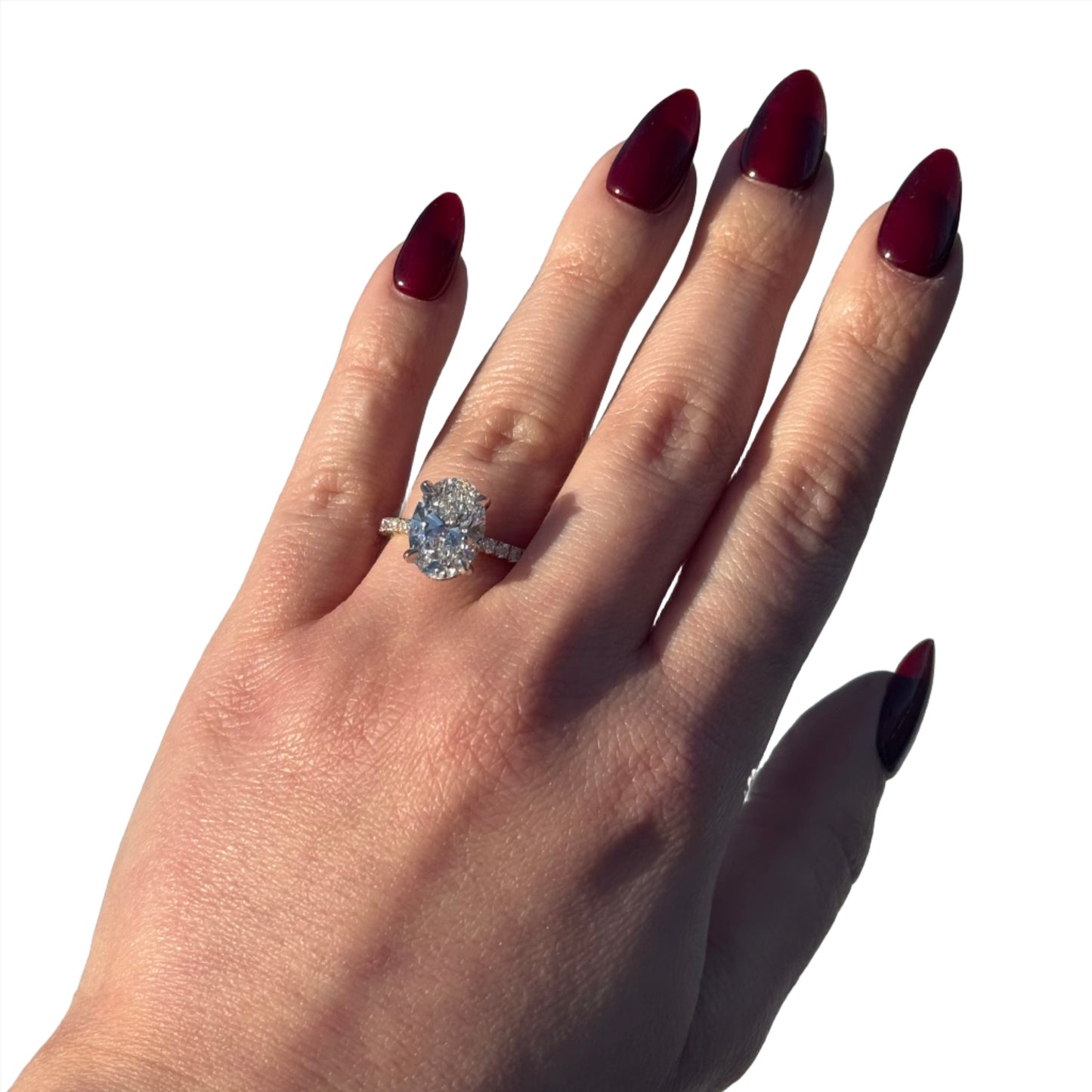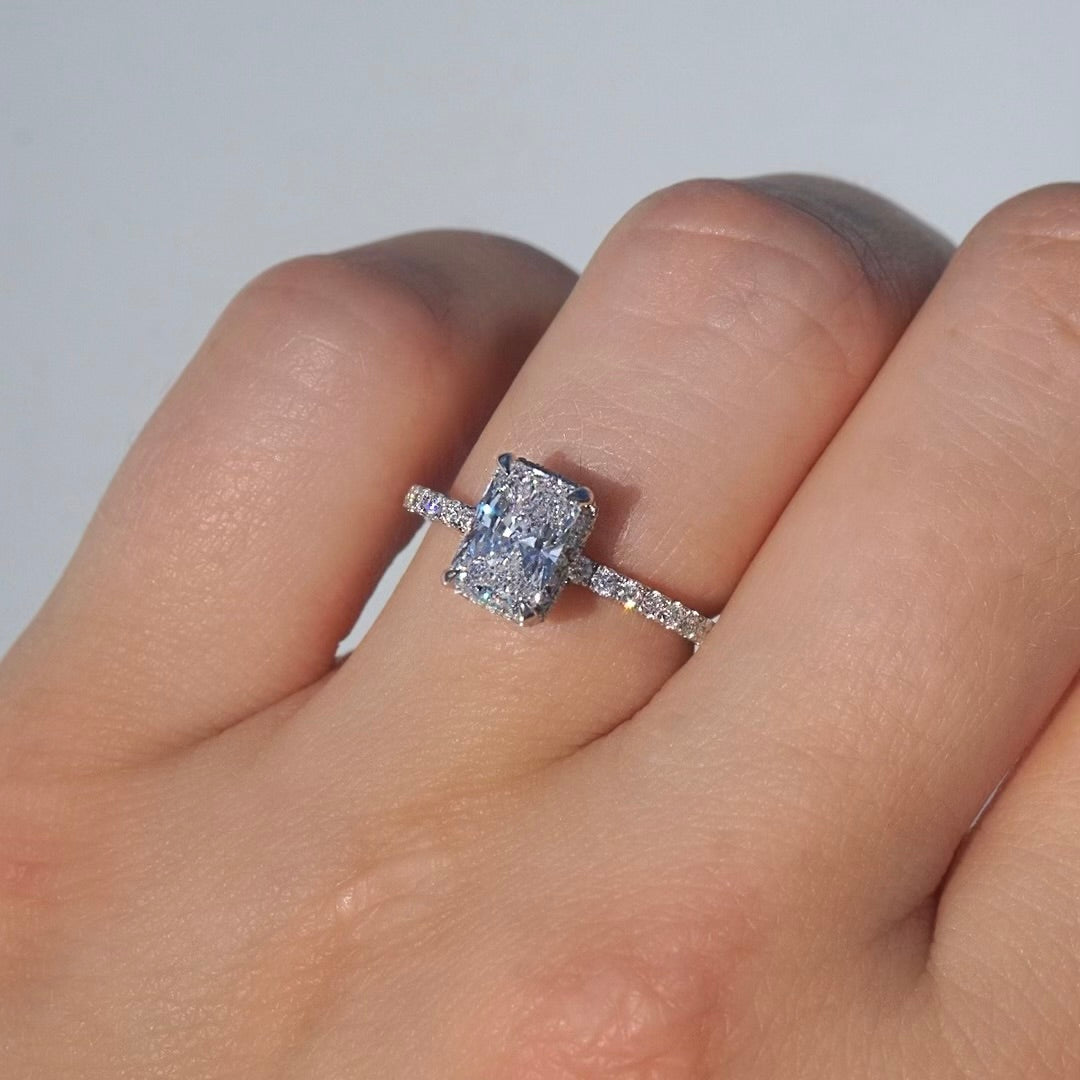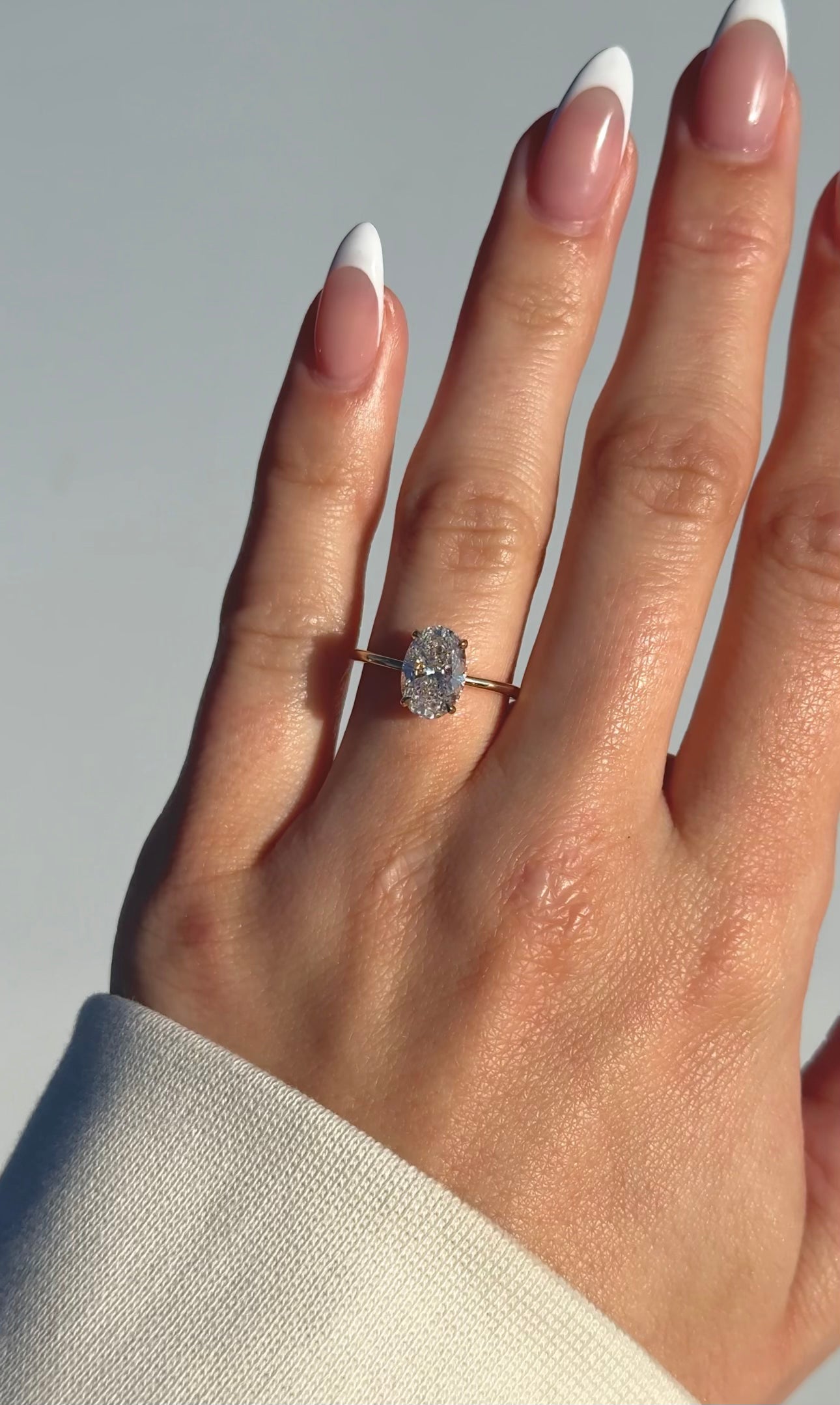
Please note: Happy Jewelers recommends getting your watch professionally cleaned.
You may be wondering how to polish a watch without damaging it. Polishing can help remove scrapes on your watch whether they are deep scratches or minor scuffs. It is ideal to polish your watch every three months to keep it looking shiny and in good condition.
Do you know how to polish a watch? Below are the steps to safely clean and polish luxury watches to keep them looking like new:
Cleaning with Windex
If your watch is water resistant, you can clean it first using Windex. This will help remove dirt, debris, and oils that may end up lodged on any of its parts.
- Using a small bowl or cup and mix 240mL of warm water with 15mL of Windex.
- Scrub the watch with a soft-bristled toothbrush, particularly in between the links of the watchband.
- Rinse the watch. For a waterproof stainless steel watch, place the watch in running water to rinse the suds. If not waterproof, cover and secure the case. Then, rinse off any Windex suds by rinsing one side of the strap at a time.
- Rub a lint-free or microfiber cloth on the entire watch. Dry the watch as much as you can to remove any moisture to avoid the formation of mildew especially between links.
Polishing Your Watch
Polishing a stainless steel watch is easy to do if follow these steps. Though it can be time-consuming, especially when there are a lot of scratches, the process is all worth it. After polishing, you’ll admire the shine and feel like you have a new watch.
Watch Bracelets
Watch bracelets, also known as a watch strap or watch band, require good polishing. To safely polish them, complete the following steps:
- For metal watches, wet 1500-grit sandpaper and rub it horizontally on one link of the strap for about 30 seconds. Ensure that you are using consistent pressure while sanding to give the band an even and polished finish. If scratches are still visible even after 30 seconds of sanding, you can continue sanding a little longer.
- For fine types of metals, using a polishing cloth is ideal. Rub the cloth back and forth on the scratched surface of the watch bracelet for two minutes. Polish the bracelet one link at a time while putting similar pressure on each link.
Watch Crystal
To provide an even polish for your watch, it is also important to give attention to the crystal and the watch case.
- Wet 1500-grit sandpaper and rub it on the face of the watch for 30 seconds using an even and constant pressure throughout.
- Apply a small amount of aluminum cleaner on a soft cloth. Rub it back and forth on the entire area of the crystal. The longer you rub the crystal, the better it gets.
- Wipe off excess aluminum cleaner from the crystal using a clean and dry microfiber cloth.
- Repeat the above process if visible streaks and scratches are still present on the crystal.
Types of Finish
There are two finishes you can choose from when polishing. Whatever you want to achieve is all dependent on your style:
Mirror Finish
Mirror finish results in a highly polished case and bracelet. In this type of finish, the metal becomes reflective, smooth, and shiny.
Brushed Finish
Also known as a grained finish, this type of finish shows scratches that are made deliberately as they follow one direction only.
Tips on How to Polish a Watch
The steps above serve as a guide on how to polish the watch from the cleaning through to the polishing. Additional guidelines arm you with more knowledge and understanding on how to properly polish a watch without damaging it.
- Polish gold watches minimally otherwise you will remove a lot of gold material from the watch. To get a brushed finish for gold watches, use a Garryflex block by hand. Push the gold watch in one direction only against the block.
- Do not polish sapphire and mineral glass. A piece of special equipment is needed to polish items laced with these crystals, so it is better left in the hands of a professional.
- Do not polish watches that are gold-plated or folded gold.
- Before polishing a watch, check the warranty slip to make sure that it will not void the warranty. If it voids the warranty, contact the watch’s manufacturer for a recommended service provider for polishing and cleaning.
- Case polishing is not for everyone. A vintage watch retains its value if it has never been polished. The scratches, dents, and other imperfections of a vintage watch make it more valuable and expensive. Polishing it will relatively decrease its significance and market value.
- If you can remove the metal strap, then do so for better cleaning. You will be able to have better access to every nook and cranny.
- Never polish surfaces void of scratches and imperfections since it will only remove precious metal layers from the surface.
- Apply the right amount of pressure. Too light and you won’t be able to remove the scratches; too much and you run the risk of removing extra layers of metal.
- Do not hesitate to ask for a professional’s help. If you are unsure of your skills and you think you will damage the watch if you do it yourself, then ask a professional jeweler to clean and polish the watch for you. Some scratches and dents need to be assessed by a professional to see if they can be removed.
- Wear goggles and latex gloves for protection when cleaning and polishing.
- Polish a watch under decent light so that you can see what you are doing.
- Invest in quality polishing materials.
Familiarizing yourself with the steps on how to polish a watch gives you the ability to take better care of your timepieces. It helps guarantee that the watch you have will always look its best, perhaps as good as new despite its age. A watch’s longevity depends on how meticulous its owner is.




